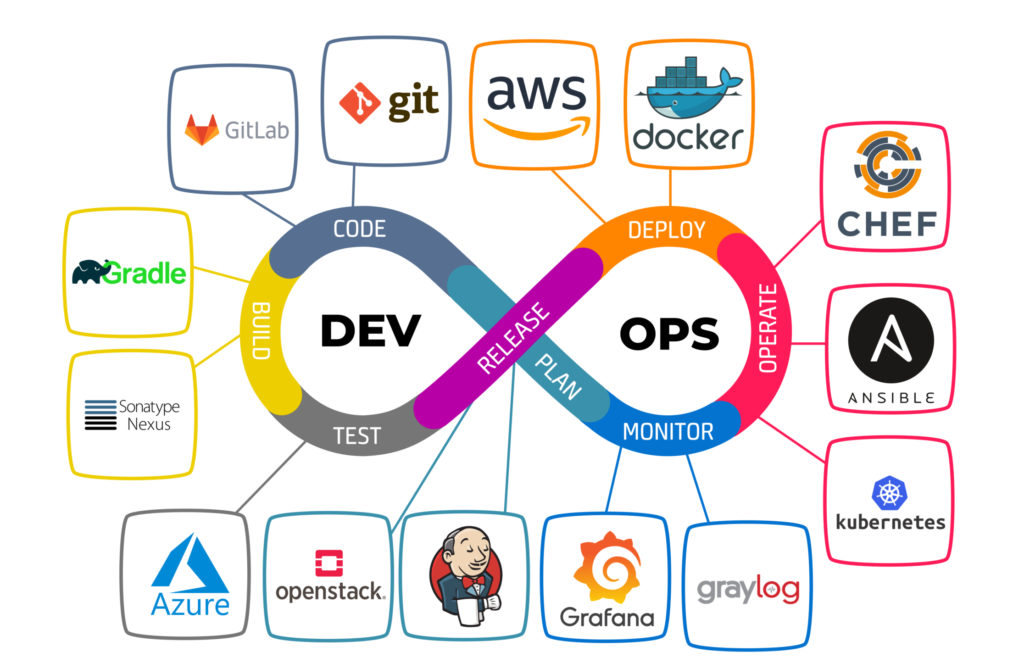Welcome is Devops ?
 image source: https://medium.com/ideas-at-igenius/why-devops-more-a-culture-than-a-job-19dacf077ed1
image source: https://medium.com/ideas-at-igenius/why-devops-more-a-culture-than-a-job-19dacf077ed1
DevOps is an approach to software development that emphasizes collaboration and communication between development and operations teams. It implements agile practices to automate the software delivery process, increasing efficiency and improving the customer experience by quickly delivering new features and fixing issues.
Needs of Devops
Faster delivery of new features and bug fixes to customers: DevOps enables development and operations teams to work together to deliver new features and fix issues more quickly, which helps to improve the customer experience.
Improved collaboration and communication between development and operations teams: DevOps promotes collaboration and communication between development and operations teams, which helps to reduce silos and improve the overall efficiency of the software delivery process.
- Increased efficiency in the software delivery process through automation: DevOps automates many of the manual processes involved in software delivery, which helps to increase the efficiency of the software delivery process and reduce errors.
Better alignment of development and operations teams with business goals: DevOps helps to align the goals of development and operations teams with the overall business goals, which helps to ensure that the software system is meeting the needs of the business.
Greater ability to handle rapidly changing business requirements: DevOps helps organizations to be more agile and adaptable to changing business requirements, which helps to ensure that the software system is meeting the needs of the business.
Enhanced scalability and stability of the software system: DevOps helps to improve the scalability and stability of the software system by implementing automation and continuous testing and monitoring.
Reduced time to market: DevOps helps to reduce the time it takes to bring a new product or feature to market by streamlining the software delivery process.
Increase reliability and security of the software system: DevOps helps to improve the reliability and security of the software system by implementing continuous testing and monitoring, which helps to detect and fix issues more quickly.
- Improved customer satisfaction: DevOps helps to improve customer satisfaction by delivering new features and fixing issues more quickly, which helps to improve the overall customer experience.
Phases of devops![enter image description here]()
image source:https://shalb.com/blog/what-is-devops-and-where-is-it-applied/
DevOps typically has the following phases:
Plan This phase involves creating a plan for how the software will be developed, tested, and deployed. Tools used in this phase include project management tools such as Jira and Trello, and requirements management tools such as Confluence and Microsoft Team Foundation Server (TFS).
Code This phase involves writing and maintaining the code for the software. Tools used in this phase include code editors, IDEs, version control systems such as Git, and code review tools such as Gerrit and Pull Request.
Build This phase involves building and compiling the code into a package that can be deployed. Tools used in this phase include build automation tools such as Gradle and Maven, and CI/CD tools such as Jenkins and Travis CI.
Test This phase involves testing the software to ensure it is of high quality and free of bugs. Tools used in this phase include unit testing frameworks, functional testing tools, and performance testing tools such as Selenium, JUnit, and Apache JMeter.
Release: This phase involves preparing the software for deployment and making it available to users. Tools used in this phase include release management tools such as Octopus Deploy and Jenkins, and package management tools such as NPM and NuGet.
Monitor: This phase involves monitoring the software in production to ensure it is running smoothly and fixing any issues that arise. Tools used in this phase include monitoring tools such as Nagios, Zabbix, and Prometheus, and log management tools such as Elasticsearch, Logstash, and Kibana (ELK stack).
Operate This phase involves maintaining and updating the software once it is in production. Tools used in this phase include configuration management tools such as Ansible and Puppet, and container orchestration tools such as Kubernetes and Docker Swarm.
Deploy This phase involves deploying the software to the production environment. Tools used in this phase include deployment automation tools such as Ansible and Jenkins, and containerization tools such as Docker and Kubernetes.
